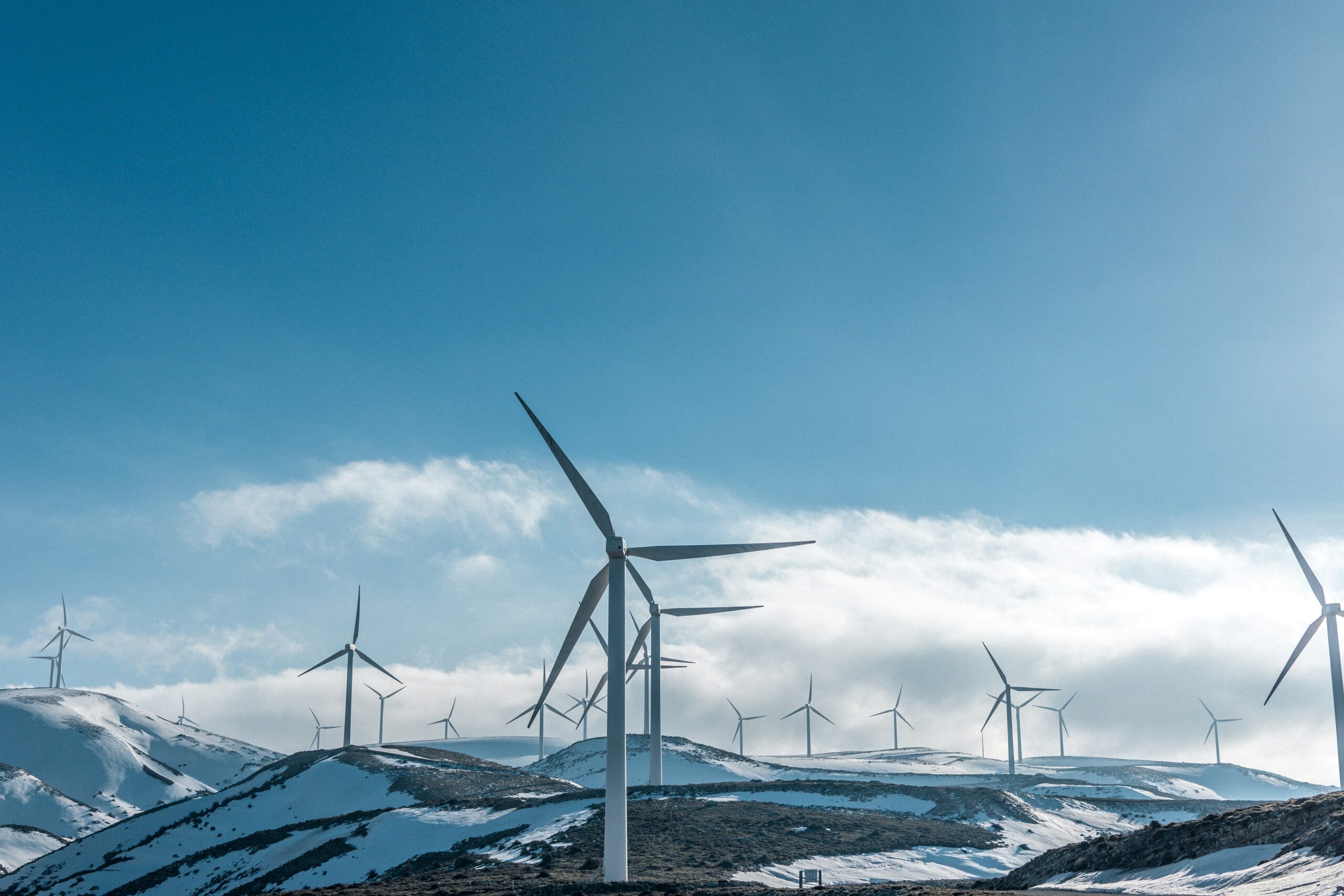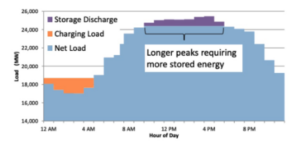Power outages due to extreme weather are not new. However, our aging grid combined with an increasingly unstable climate have caused power outages related to extreme weather to double over the past 20 years. Improving grid resiliency can be a life-or-death issue in these situations, which is why we need solutions like energy storage to ensure grid reliability and avoid outages.
This January, a winter storm spanning the continental U.S. knocked out power affecting tens of thousands of customers in Pennsylvania and Maine. More than 40 deaths in the US were attributed to the cold snap, some of which were likely caused by lack of access to heat or life-saving electronic medical devices.
Long-term outages present a dangerous problem during winter. Cold temperatures keep people at home, using more energy to heat and power their lives and adding stress to the grid.
Increased demand during extreme winter weather creates peaks that last longer than current short-term storage can handle. Fortunately, new long-duration energy storage (LDES) solutions are designed to store up to 12 hours of energy, making it a critical asset to a reliable and resilient grid.
Energy storage improves grid resiliency in extreme winter conditions
Winter power outages can be caused by grid stress related to increased demand, but also by freezing temperatures and downed power lines due to snow and ice which can affect traditional energy generation and transmission. Winter outages are especially dangerous, causing homes, businesses and critical infrastructure to lose access to heat, communication networks and even transportation.
Energy storage reduces reliance on otherwise vulnerable energy infrastructure to support a more resilient and reliable grid during winter storms and other critical moments. Storage can also be deployed throughout a service territory, providing power to locations that commonly suffer from outages or to critical infrastructure such as hospitals.
How energy storage supports an increasingly renewable grid in typical conditions
Compounding the increase in extreme weather events is the transition to renewable generation. Though the transition to clean energy is essential to ensure a livable climate in the future, grid resiliency and reliability are harder to achieve with intermittent resources. Renewable generation assets, such as solar and wind farms, are the most visible components of the energy transition, but how to ensure around the clock energy availability? Currently, fossil fuel generation fills intermittent gaps in renewable power availability, but battery storage is quickly becoming a viable solution to provide power during both predictable and unpredictable gaps.
Energy storage works behind the scenes to enable renewable generation in a future carbon-free grid, and its importance is reflected in rapidly increasing battery deployments. In the US alone, developers plan to increase battery capacity to more than 30 gigawatts by the end of 2024.
Increasing energy storage duration for a more resilient grid
By providing energy on-demand, energy storage can increase the reliability of grids during winter. Today, many US regions have adopted a four-hour capacity rule based largely on the available technology available at the time those rules were passed. This has incentivized the installation of four-hour storage, which can play an important role in meeting peak demand during summer months. However, winter poses a different challenge, as periods of high demand are often of longer duration. Recent winter weather events and related power failures, such as Winter Storm Uri in 2021 and Elliot in 2022, are causing regions to rethink increasing energy storage requirements to longer than four-hours.
Info from NREL: nrel.gov/docs/fy23osti/85878.pdf
NREL predicts that changing weather, deployment of solar energy and electrification may lead to conditions where winter demand peaks will be the primary driver of resource adequacy needs. Longer duration storage solutions will be required to meet these increasing demand peaks.
Moving beyond the four-hour capacity rule
New, non-lithium technologies are well-suited to meet emerging demand for long-duration energy storage. Solutions like ESS iron flow technology can store up to 12 hours of energy to provide power during peak demand periods and improve grid reliability. Commercially available and designed for applications behind and in front of the meter, ESS provides safe, reliable, long-term storage with unlimited cycling and no capacity degradation to move beyond the four-hour capacity of current energy storage. ESS iron flow batteries are made with iron, salt and water, making them cost-effective, sustainable, scalable and inherently non-flammable.
The seasons will continue to pass while we upgrade energy infrastructure to tackle mounting climate challenges. Integrating long-duration energy storage into planning and accelerating its deployment will help accelerate renewable energy deployment while also reducing outages and ensuring access to critical energy during extreme weather.


